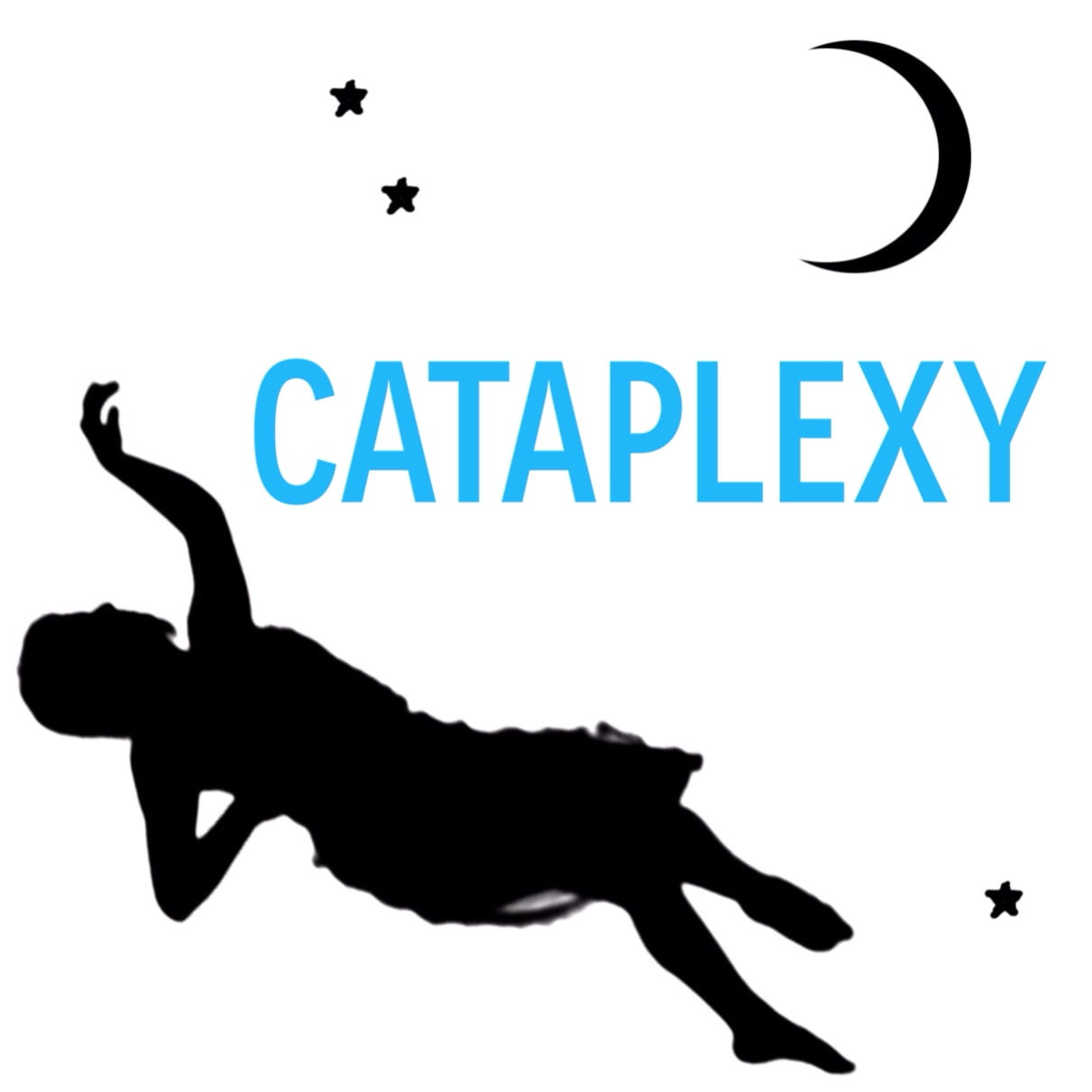


Serotonin neurons in the dorsal raphe nucleus extend projections throughout the brain and send information. In this study, the international research team led by the researchers of Kanazawa University has discovered that serotonin neurons in the dorsal raphe nucleus inhibits catalepsy by reducing activities of the amygdala*5 that controls emotion. The one is noradrenaline neurons in the locus coeruleus of the brain, suppressing strong sleepiness, and the other is serotonin*4 neurons in the dorsal raphe nucleus of the brain, inhibiting cataplexy. The research team previously found two types of neurons preventing narcolepsy by receiving orexin from orexin neurons. Cataplexy attack is thought that atonia, a characteristics of REM sleep, takes place while one is awoken. Dreams are dreamt usually during REM sleep, where most of the muscles are controlled to be relaxed (called atonia) in order to prevent the dreamer to make real actions. Sleep is categorized into two, REM sleep and non-REM sleep. Cataplexy takes place when one is very excited in terms of one's emotion and if severe, one may lose the muscle tone of the whole body and fall down. The typical symptoms are excessive daytime sleepiness and cataplexy*3. If orexin neurons are lost, one suffers from narcolepsy*2, a sleep disorder, where sleep and wakefulness are inadequately switched on and off. It is orexin*1 that is important in regulating this switch. The brain is equipped with sleep mechanism and wakefulness mechanism, which are regulated to be on or off in an adequate manner. Sleep is of absolute necessity for us humans, although if one falls asleep all of a sudden while being awoken, it would cause a big trouble. In healthy person (right), orexin neurons augment the activities of serotonin neurons in the dorsal raphe nucleus, which reduce activities of the amygdala due to increased release of serotonin in the amygdala, which in turn inhibits cataplexy. In narcolepsy patient (left) lacking orexin neurons, activities of the amygdala become excessive, causing cataplexy. Image: External stimulus causing excitement such as laughter by a joke augments the amygdala activity.


 0 kommentar(er)
0 kommentar(er)
